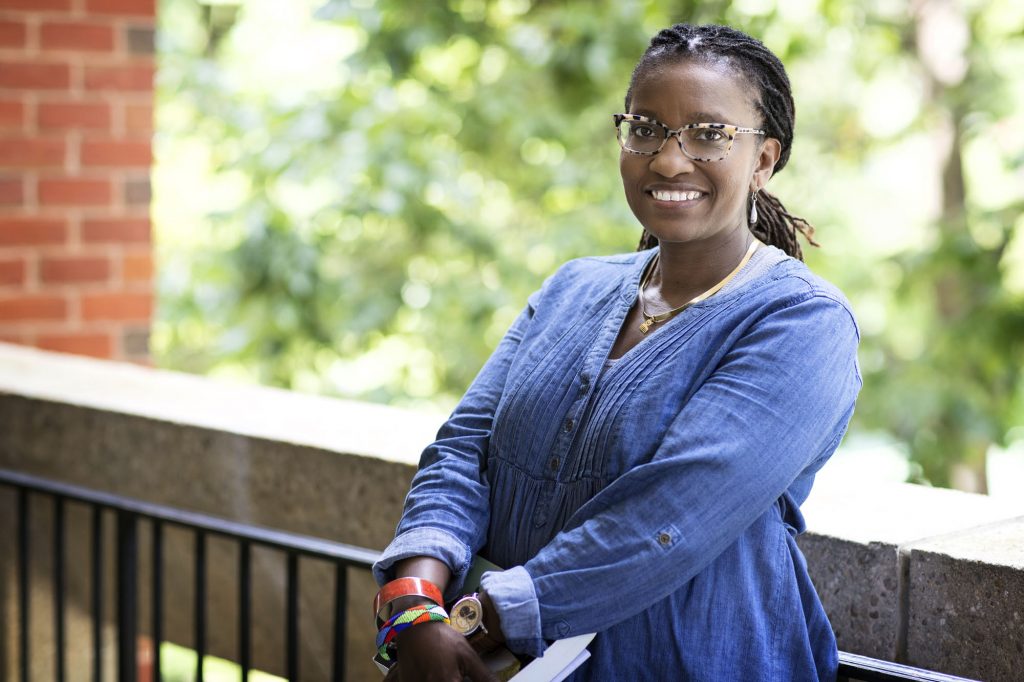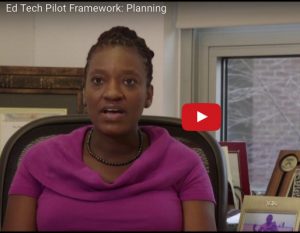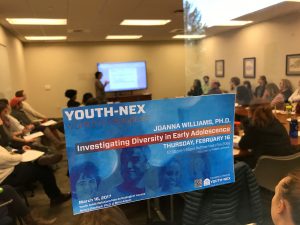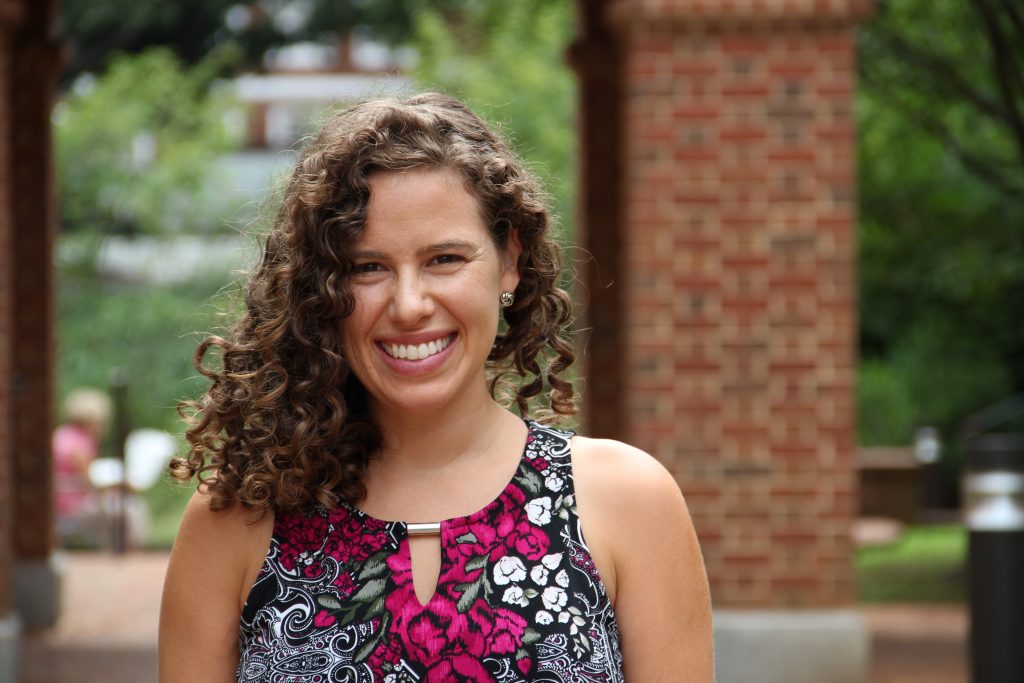
By Valerie N. Adams-Bass, PhD
Valerie N. Adams-Bass is an Assistant Professor of the Youth and Social Innovations (YSI) program in the Curry School of Education and a Youth-Nex Faculty Affiliate, at the University of Virginia.
Educational Technology, Ed-Tech is garnering considerable attention as public school districts increasingly adopt and integrate technology into day-to-day instruction. In 2015, I worked as a research fellow with the University of California Davis School of Education on the Digital Promise Pilot to Purchase Project.
Considered a “short-cycle” research project, we worked at a rapid pace for the first half of the year to learn as much as we could from six districts that ranged in size from 1,200-to-96,000 students about how they pilot and make purchasing decisions about ed-tech products. To collect data, I touched down in 4 time zones and visited 4 states; Alabama, California, Idaho, Pennsylvania and the District of Columbia. After a demanding travel schedule, I wrapped up my data collection and headed home.
Many of our findings were published in Pilot-to-Purchase, Piloting Ed-tech Products in k-12 Public Schools report and we created a “tool kit” of resources that are the result of recommendations included in the report. In steps two, three and four of the toolkit I discuss planning, training and implementation and data collection, all important components of piloting ed-tech tools. You’ll find videos discussing these steps throughout this blog, courtesy of DigitalPromise.org.
Adams-Bass Video One:
From Digital Promise.org
Planning
When planning a pilot, districts must clearly articulate what they are trying to accomplish and how they will collect evidence to make an informed decision. Pilots produce the most useful results when everyone involved can answer the question, “What does success look like?”

Continue reading →





